Hi, I’m Alex Chen, a passionate Chinese traveler who loves independent adventures. I enjoy exploring remote corners of the world and sharing practical tips for budget-friendly travel in China. This article is a carefully curated four-day Shanghai travel guide, covering the city’s iconic landmarks, culinary delights, and unique cultural experiences. If you’re looking to fully immerse yourself in the charm of Shanghai, this guide is perfect for you!
Recommended 4-Day Shanghai Itinerary
- Day 1: Nanjing Road -> The Bund -> Waibaidu Bridge -> Lujiazui
- Day 2: Wukang Road -> Xintiandi -> Jing’an Temple -> Yu Garden -> City God Temple
- Day 3: Disneyland
- Day 4: Shanghai Museum -> People’s Square -> Sihang Warehouse -> 1933 Old Millfun
Day 1
- Itinerary: Nanjing Road -> The Bund -> Waibaidu Bridge -> Lujiazui
Nanjing Road
Nanjing Road is one of the busiest and most vibrant shopping streets in Shanghai. It offers a mix of modern shopping malls and historic dining spots, making it a favorite for both tourists and locals. The pedestrian street is ideal for a leisurely walk while soaking in the bustling urban atmosphere.
- Ticket Information: Free entry.
- Opening Hours: Shops typically open from 10:00 AM to 10:00 PM.
- How to Reach the Next Stop: Walk approximately 15 minutes to The Bund while enjoying the lively cityscape along the way.
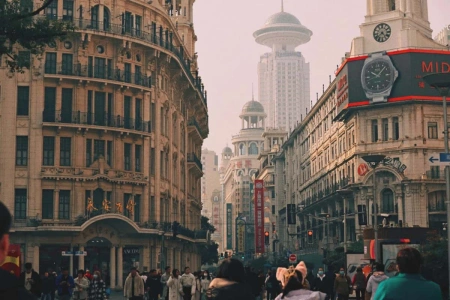
The Bund
The Bund is an iconic landmark of Shanghai, featuring a stunning skyline of historic and modern architecture along the Huangpu River. This area beautifully reflects the city’s fusion of Eastern and Western influences. It’s especially picturesque at night when the city lights illuminate the buildings and riverfront.
- Ticket Information: Free entry.
- Opening Hours: Open 24/7, but the best times to visit are early morning or evening for ideal photography conditions.
- How to Reach the Next Stop: Walk about 10 minutes to reach Waibaidu Bridge.
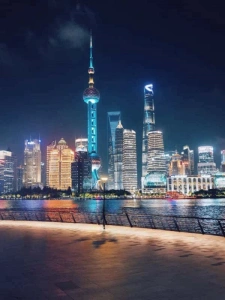
Waibaidu Bridge
Waibaidu Bridge is a historic steel structure and a significant landmark in Shanghai. From the bridge, visitors can enjoy views of the Huangpu River and the skyscrapers of Lujiazui. It’s also a popular filming location for movies and TV shows.
- Ticket Information: Free entry.
- Opening Hours: Open 24/7, perfect for photo opportunities at any time of day.
- How to Reach the Next Stop: Walk to the Line 10 Metro station at Tiantong Road, then take the metro to Lujiazui (approximately 15 minutes). Alternatively, take a taxi for about 10 minutes.
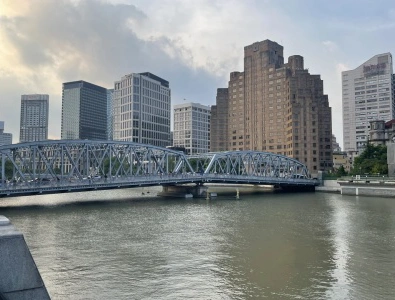
Lujiazui
Lujiazui is the epitome of modern Shanghai, showcasing an impressive cluster of skyscrapers and landmarks such as the Oriental Pearl Tower and the Shanghai World Financial Center. The observation decks here offer breathtaking panoramic views of the Huangpu River and the city skyline.
- Ticket Information: Public access to Lujiazui is free. However, observation deck tickets, such as the Oriental Pearl Tower, cost around ¥180 per person.
- Opening Hours: Public areas are open 24/7. Observation decks typically operate from 9:00 AM to 9:00 PM.
- How to Reach the Next Stop: Take Metro Line 2 or a taxi back to your hotel, concluding the first day’s itinerary.
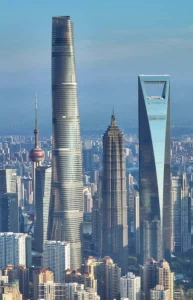
Day 2
- Itinerary: Wukang Road -> Xintiandi -> Jing’an Temple -> Yu Garden -> City God Temple
Wukang Road
Wukang Road is often called “Shanghai’s Architecture Museum,” featuring a collection of French-style villas and historic mansions. Walking along this street feels like stepping back in time to the early 20th century, making it an ideal spot for history buffs and architecture enthusiasts.
- Ticket Information: Free entry.
- Opening Hours: Open all day; mornings and late afternoons are the best times to visit.
- How to Reach the Next Stop: Walk to the Shanghai Library station on Metro Line 10, then take the metro to Xintiandi station (about 15 minutes).
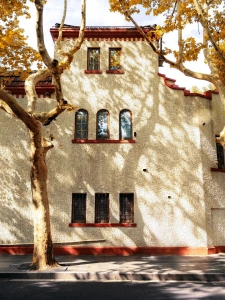
Xintiandi
Xintiandi is a unique blend of traditional Shikumen architecture and modern commercial elements. This stylish landmark is home to upscale restaurants, boutique shops, and trendy bars, making it a great spot for lunch or afternoon tea.
- Ticket Information: Free entry.
- Opening Hours: Open all day; shops typically operate from 10:00 AM to 11:00 PM.
- How to Reach the Next Stop: Take a taxi to Jing’an Temple (approximately 15 minutes) or Metro Line 13 for about 20 minutes.
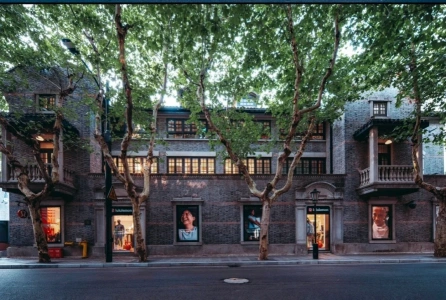
Jing’an Temple
Jing’an Temple is one of Shanghai’s oldest and most revered Buddhist temples. Its striking golden rooftop and tranquil interior offer a serene escape in the heart of the city. The temple also features remarkable Buddha statues and cultural artifacts.
- Ticket Information: ¥50 per person; incense offerings are available at an additional cost.
- Opening Hours: 7:30 AM – 5:00 PM daily.
- How to Reach the Next Stop: Take Metro Line 2 to Yu Garden station (about 20 minutes) or a taxi for approximately 25 minutes.
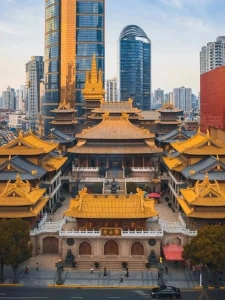
Yu Garden
Yu Garden is a beautifully preserved Ming Dynasty garden, featuring intricate rockeries, serene ponds, and traditional Chinese pavilions. Highlights include the Nine-Turn Bridge and the iconic Huxinting Teahouse.
- Ticket Information: ¥30 (low season); ¥40 (peak season).
- Opening Hours: 8:30 AM – 5:30 PM.
- How to Reach the Next Stop: Walk approximately 10 minutes to reach City God Temple.
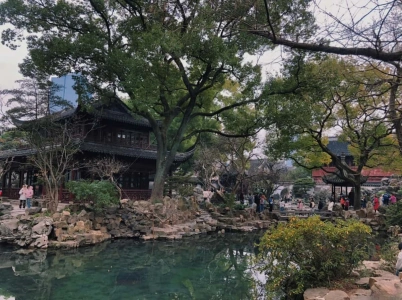
City God Temple
City God Temple is a cultural hub that embodies Shanghai’s traditional charm. The area around the temple is bustling with street food vendors, souvenir shops, and historic architecture, making it a perfect place to experience local customs and flavors.
- Ticket Information: Entry to the temple (shrine) costs ¥10 per person; surrounding areas are free to explore.
- Opening Hours: 8:30 AM – 4:30 PM.
- How to Reach the Next Stop: End your second-day itinerary here. You can take Metro Line 10 or a taxi back to your hotel to rest.
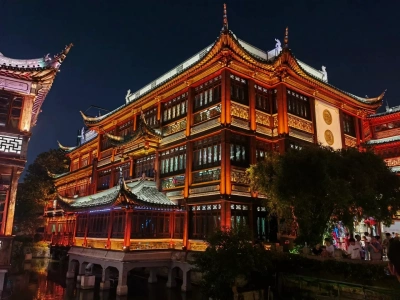
Day 3
- Itinerary: Disneyland
Disneyland
Shanghai Disneyland is China’s first Disney theme park, renowned for its iconic Enchanted Storybook Castle and diverse entertainment options. The park is divided into several themed areas, including Adventure Isle, Tomorrowland, and Fantasyland, making it perfect for families and groups of friends. Don’t miss the daily parades and evening fireworks for an unforgettable experience.
- Ticket Information: Ticket prices vary by date, starting at approximately ¥435 for regular days. Weekend and peak season tickets are more expensive (advance booking on the official website is recommended).
- Opening Hours: Typically from 8:30 AM to 9:30 PM.
- How to Reach the Next Stop: Shanghai Disneyland is well-connected by public transportation. After your visit, take Metro Line 11 back to the city center or opt for a taxi to return to your hotel.
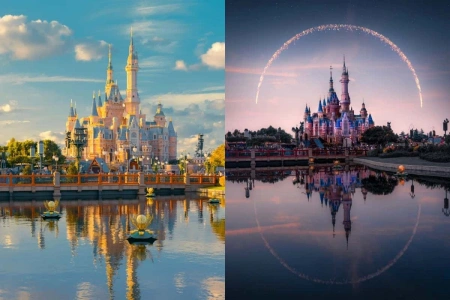
Day 4
- Itinerary: Shanghai Museum -> People’s Square -> Sihang Warehouse -> 1933 Old Millfun
Shanghai Museum
Shanghai Museum is one of China’s most famous history and art museums. It houses a rich collection of cultural relics, including bronze artifacts, ceramics, paintings, and ethnic minority crafts. This is an excellent spot for those interested in exploring China’s cultural heritage.
- Ticket Information: Free entry with ID; some special exhibitions may require an additional fee.
- Opening Hours: 9:00 AM – 5:00 PM (last entry at 4:00 PM). Closed on Mondays except for public holidays.
- How to Reach the Next Stop: Walk about 5 minutes to reach People’s Square.
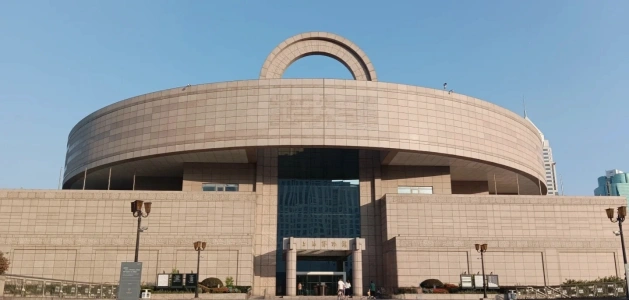
People’s Square
People’s Square is the heart of Shanghai, blending culture, commerce, and leisure. The central green spaces and fountains provide a relaxing escape, while nearby landmarks like the Shanghai Grand Theatre and Urban Planning Exhibition Center add a cultural touch.
- Ticket Information: Free entry.
- Opening Hours: Open 24/7.
- How to Reach the Next Stop: Take Metro Line 1 to Zhongshan North Road Station, then walk about 10 minutes to Sihang Warehouse (approximately 20 minutes in total).
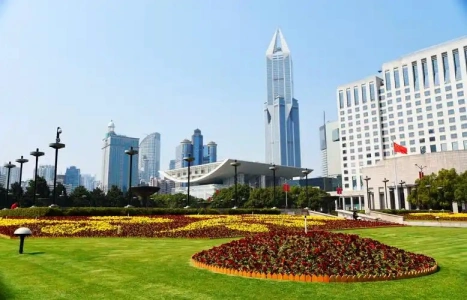
Sihang Warehouse
Sihang Warehouse is a historical site from the War of Resistance against Japan, known for the heroic defense during the Battle of Shanghai. The warehouse now houses a memorial museum that highlights wartime history and the bravery of Chinese soldiers.
- Ticket Information: Free entry with prior online reservation.
- Opening Hours: 9:00 AM – 5:00 PM (last entry at 4:30 PM). Closed on Mondays.
- How to Reach the Next Stop: Take a taxi for about 15 minutes to 1933 Old Millfun, or walk to Metro Line 8 at Qufu Road Station and transfer to Line 10 (about 25 minutes).
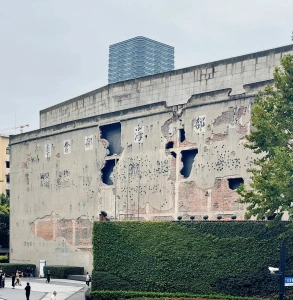
1933 Old Millfun
1933 Old Millfun is a repurposed industrial building that has been transformed into a creative hub. The unique industrial architecture combined with modern artistic elements makes it a favorite for photography enthusiasts. It’s also home to creative studios, cafes, and art exhibitions.
- Ticket Information: Free entry; some exhibitions may have an entry fee.
- Opening Hours: 10:00 AM – 10:00 PM.
- How to Reach the Next Stop: This is the final stop on your itinerary. After exploring, take a metro or taxi back to your hotel to conclude your trip.
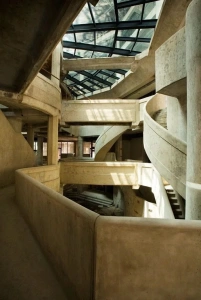
Essential Shanghai Travel Resources
- Comprehensive Shanghai Travel Guide 📖
- Shanghai Travel Recommendations 🏙️
- Hotel Recommendations 🏨
- Transportation Guides ✈️ 🚇 🚄 🚆
- Essential Travel Tips and Tools 🗺️ 🍜 📱 💸 🌤️ 💊🛍️🔌📶🧳
- 🗺️ Shanghai Maps
- 🍜 Shanghai Food and Dining Guide
- 🎁 Shanghai Souvenirs Guide
- 📱 Essential Travel Apps
- 💸 China Tax Refund Guide
- 🌤️ Shanghai Weather Guide
- 💊 Essential Medicines for Traveling
- 🛍️ Travel Deals China
- 🔌 China Plug Types and Power Adapter Guide
- 📶 How to Use eSIM China
- 🧳 Packing List and Travel Checklist

 English (US)
English (US)
 繁體中文
繁體中文 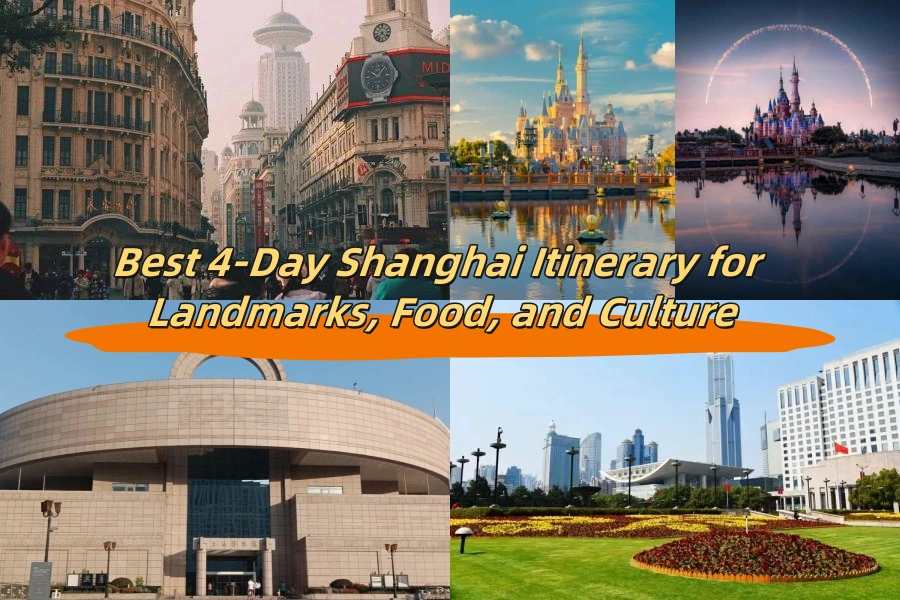
Comment (0)